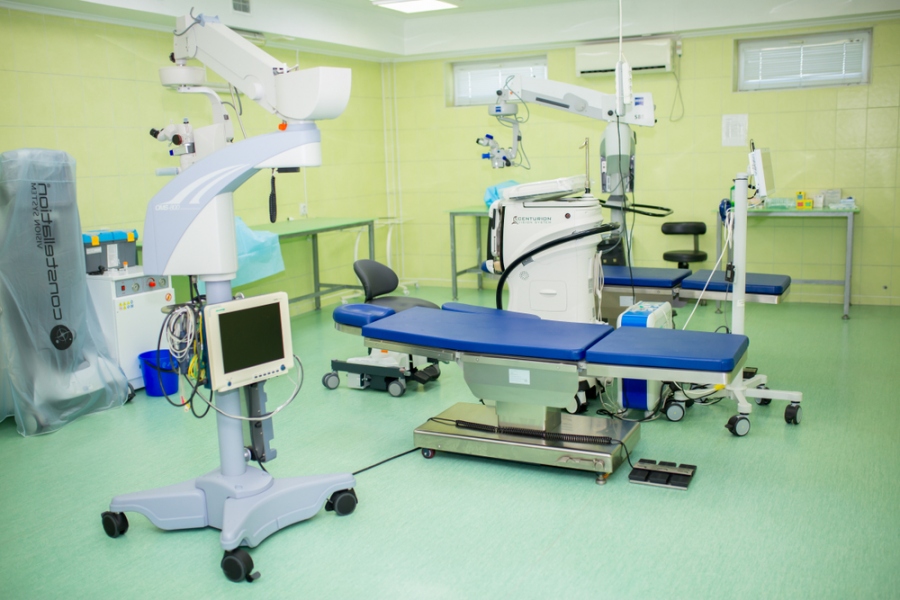The healthcare industry is changing, and much of that change is predicated on the maxim that preparation is the best medicine. And there’s a whole host of different technologies gravitating around this premise. While some of them are still a while off, the technology out right now is exciting in its own right.

An Expanding Field
Diagnostics—being focused as it is on gathering and processing data—is one of the fields where technology is making the biggest strides. That said, the technology here has been largely about refining the technology that already exists rather than seeking out dramatic new innovations. That’s to say that techniques like x-rays and sonograms are still incredibly effective ways to perform diagnostics, but fidelity can make a big difference in terms of performance.
Color Monitors
The biggest improvement in regards to fidelity comes in the form of diagnostic monitors. The one biggest innovation that we’ve seen in the diagnostics monitor field is a move towards more color monitors. While color options have been technically possible before, they couldn’t reach the brightness necessary for radiological diagnostics. That’s changed in the past few years, as has the resolution supported. Monitors used for diagnostics don’t offer a higher resolution than consumer-based monitors, but they do offer superior brightness and color accuracy.
Minimally Invasive
These types of diagnostic monitors are finding work in operating rooms as well and serving as the command centers for delicate surgical operations. Minimally invasive surgeries are becoming more the norm, thanks to both improved diagnostics options, more sophisticated procedures, and particularly robotics and artificial intelligence. Surgical monitors can display more information on a patient’s vitals than ever before, and the increased fidelity of these screens means there’s less risk for the patient and greater ease for the surgeon.
Smaller Diagnostic Tools
It’s in the operating room that these new smart technologies are really coming to the forefront. Robotic cameras can be synchronized to a surgeon’s eye movements, while imaging equipment—and the monitors used to read the data—are becoming small enough and safe enough to be integrated into operating rooms themselves. And surgeons are increasingly being able to treat this technology as loyal assistants—providing them with on the fly adjustments and suggestions derived from machine learning and artificial intelligence.
Smart new technologies are helping shape every part of healthcare, but the end result is still the same: to do no harm. Learning how to integrate these technologies is important to ethically ensuring you can do the most good. It’s hard to know exactly where the industry will be in a decade, but the future of diagnostic monitor suppliers’ role in both surgery and diagnostics is certain to be interesting.
